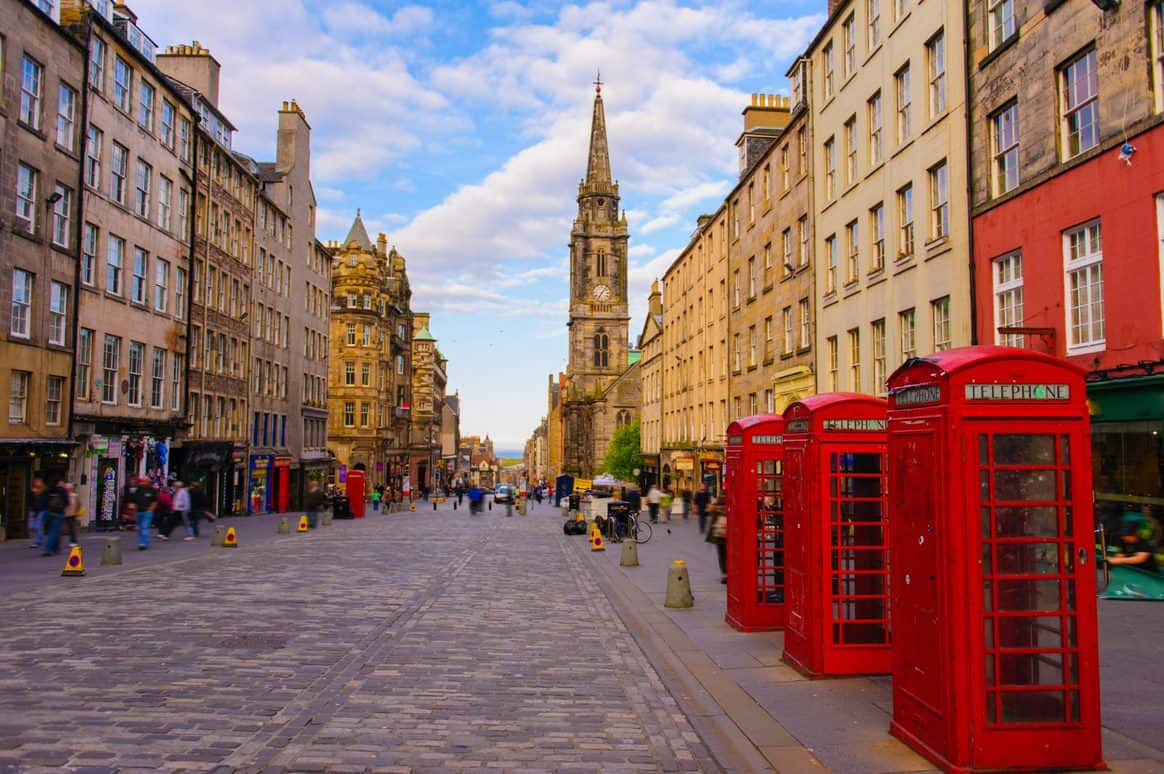With lighter nights approaching and summer holidays around the corner, you may be considering purchasing a property to be used as a short term or holiday let. Read on to find out the pros and cons of holiday lets.
Pros
- Flexibility
If you purchase a property to be used as a holiday let you and your family and friends have a ready-made holiday home to go to during quieter times of the year. It could also be used as a home to retire to in the future.
- Access to an international market
Holiday lets are especially popular in Edinburgh where there are a large number of tourists. By listing your property online you can access an international market of potential guests. This could mean that your holiday let is booked up for the majority of the year, bringing you some extra income.
- Tax advantages
Furnished holiday homes are considered a business so you may be eligible for some tax benefits that buy-to-let landlords can’t access. These include capital gains tax relief, mortgage rate relief, business rates relief and offset mortgages where you offset the amount of money you need to pay your mortgage against your savings.
- Income potential
A holiday home is a relatively low risk investment compared to other investments and short term lets can offer a higher income than long term rental properties.
In the future, you could sell your holiday home as a business.
Cons
- Inconsistent income
Despite the earning potential detailed above, there is a possibility that your income will be inconsistent, as even holiday lets in the most popular locations will have off-peak seasons.
You will have to consider running costs such as cleaning fees, and you will have to pay utility bills on the property such as water, electricity, gas and broadband.
- Additional costs
Another factor to consider is tax costs such as the Additional Dwelling Supplement (ADS) charge which is paid on top of standard LBTT (Land and Buildings Transaction Tax).
Chargeable at a rate of 6%, the ADS fee will depend on the property purchase price.
There are different LBTT bands, with a different percentage of tax applied to each one.
The current rates and bands are detailed in the table below:
| Purchase price | LBTT rate |
| Up to £145,000 | 0% |
| £145,001 to £250,000 | 2% |
| £250,001 to £325,000 | 5% |
| £325,001 to £750,000 | 10% |
| Over £750,000 | 12% |
For instance, if you purchase a holiday let at £250,000, you will have to pay £2,100 in LBTT, as well as £15,000 in ADS – a total of £17,100.
You will also have to pay council tax if you don’t qualify for business rates. The Scottish Government defines a second home as a property which is no one’s main residence but which is occupied for a minimum of 25 days a year.
Every council in Scotland is permitted to apply a discount of 10-50% on second homes. However, if the property is unoccupied for 12 months, then the council may impose a council tax increase of up to 100% to stop homes lying empty.
From April 2024, the Scottish Government has proposed that councils could charge up to double the full rate of council tax on second homes.
The proposed change will be under consultation for 12 weeks until July.











